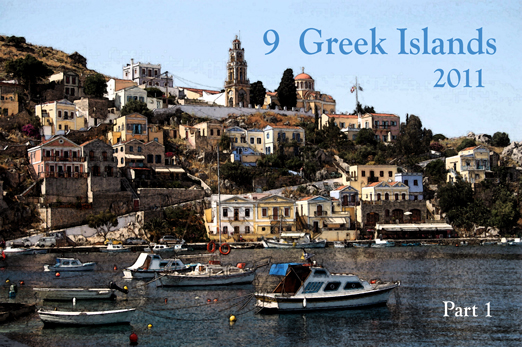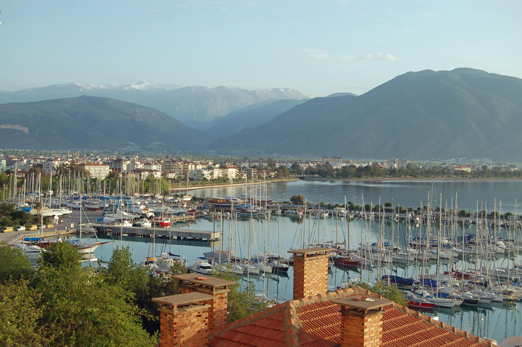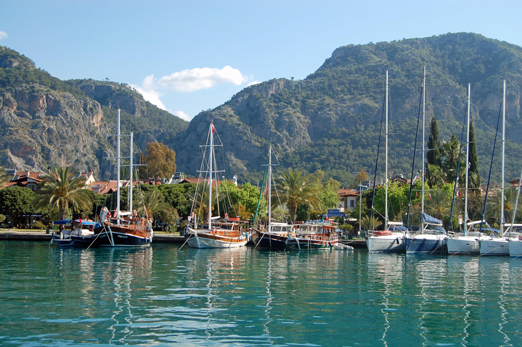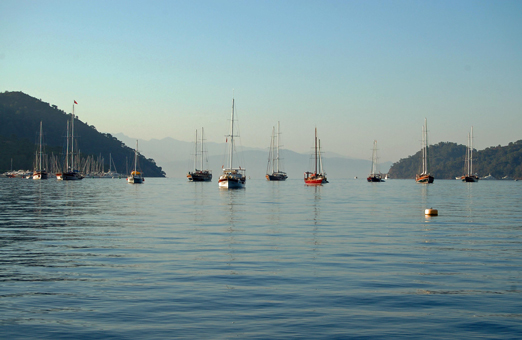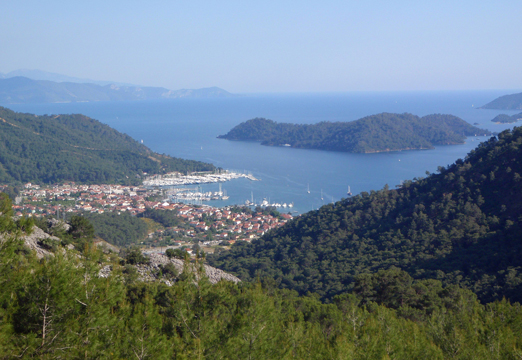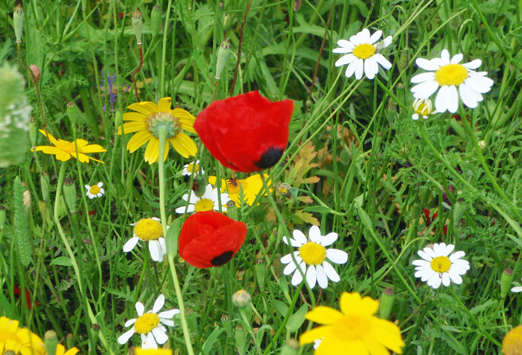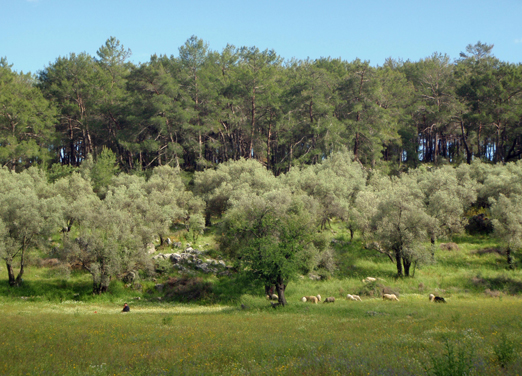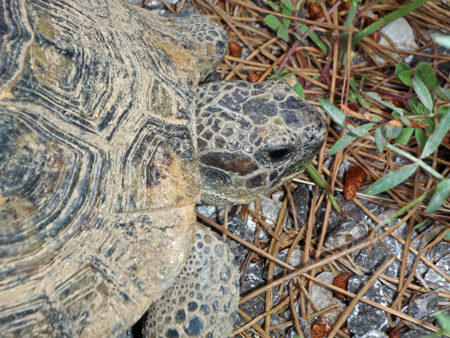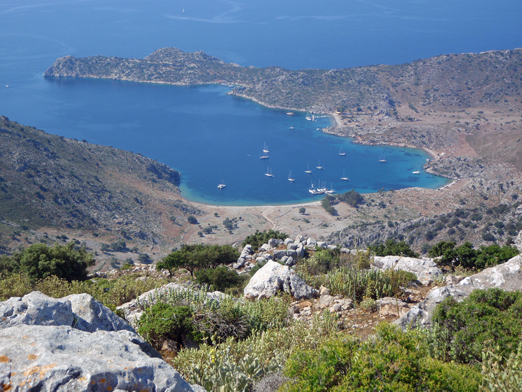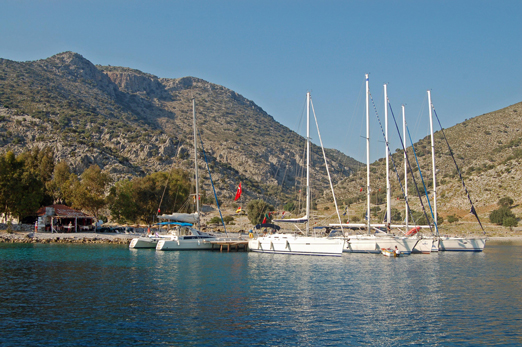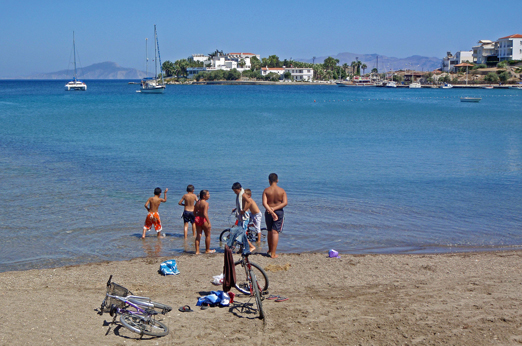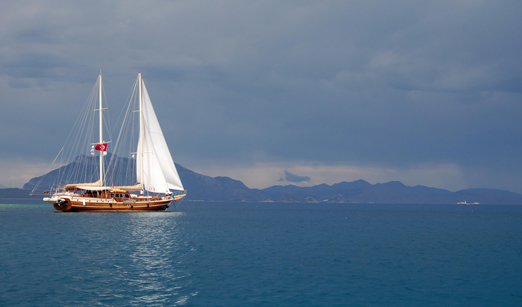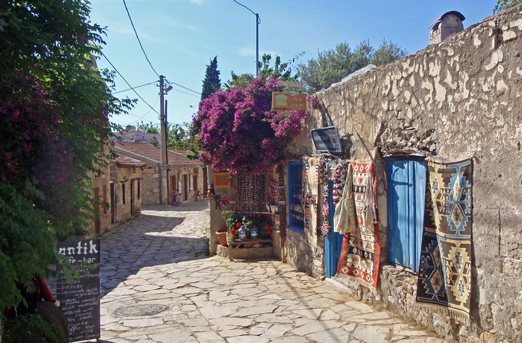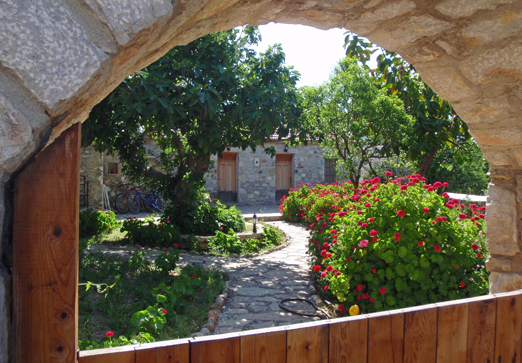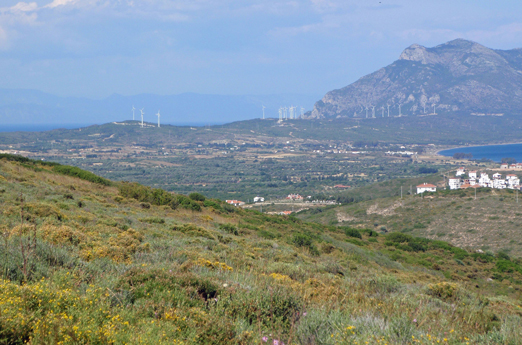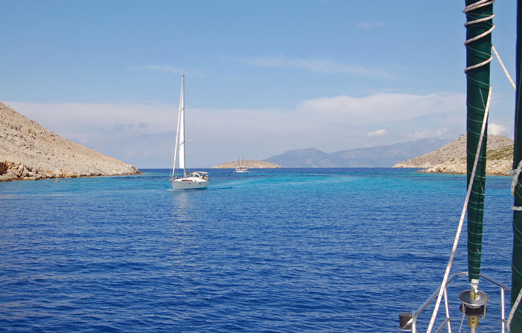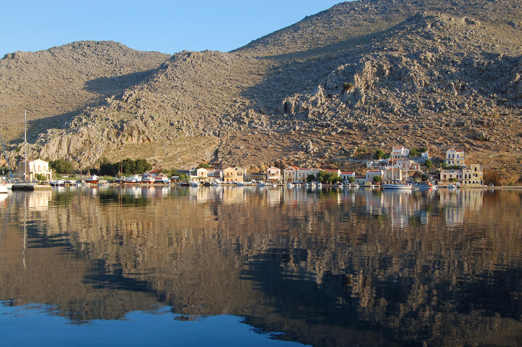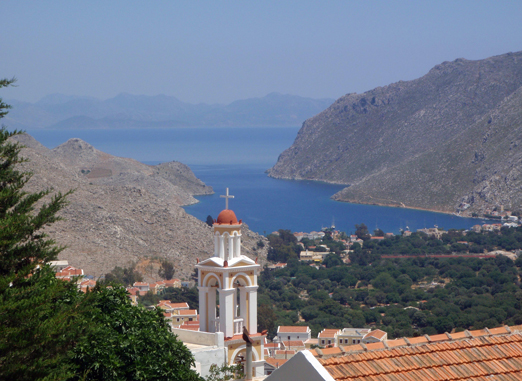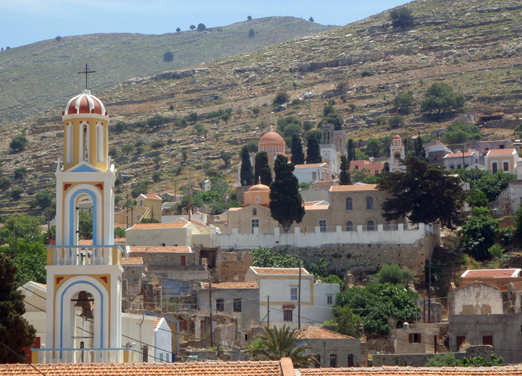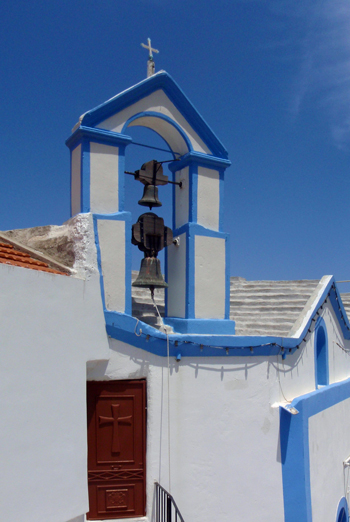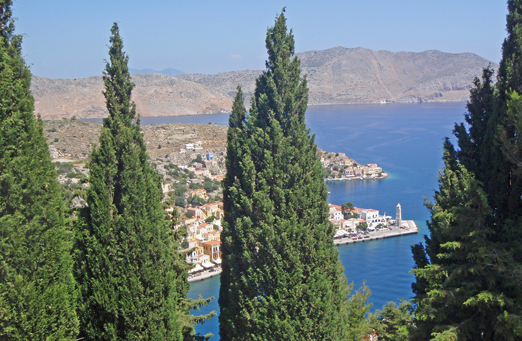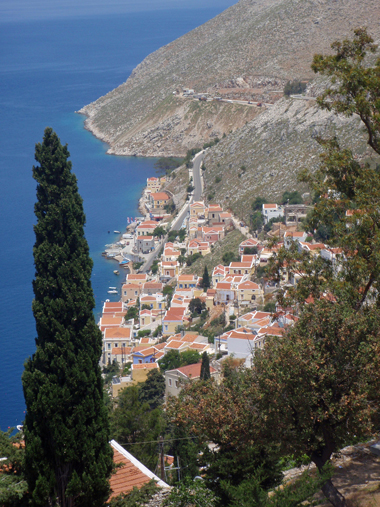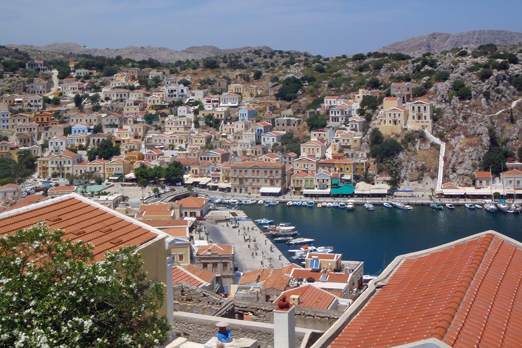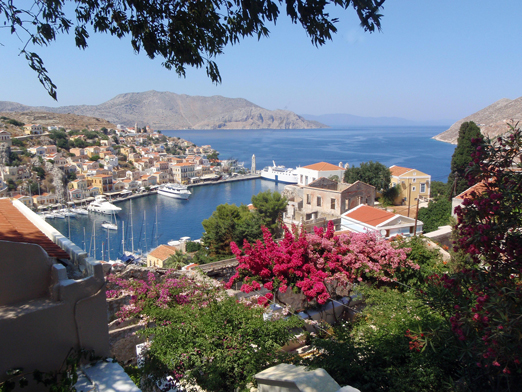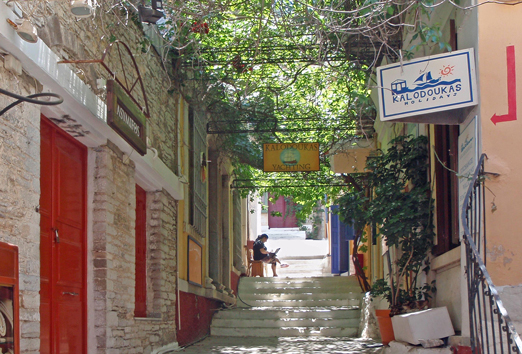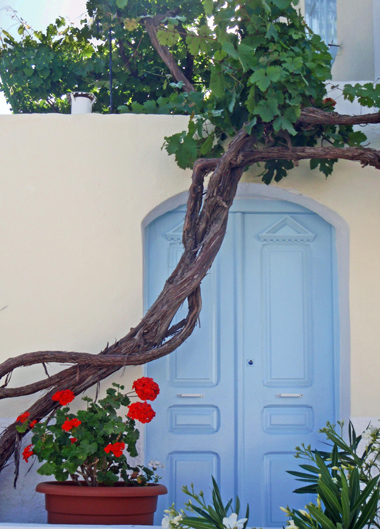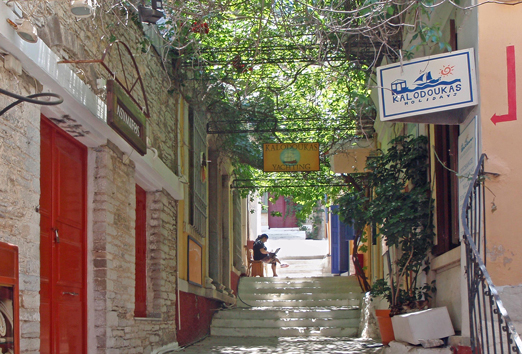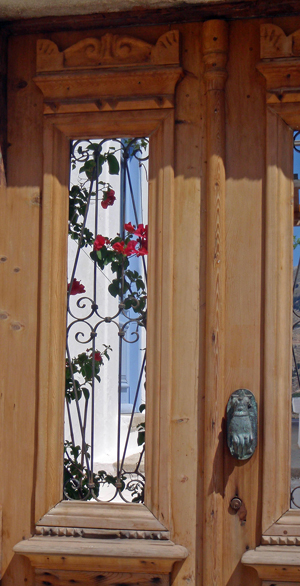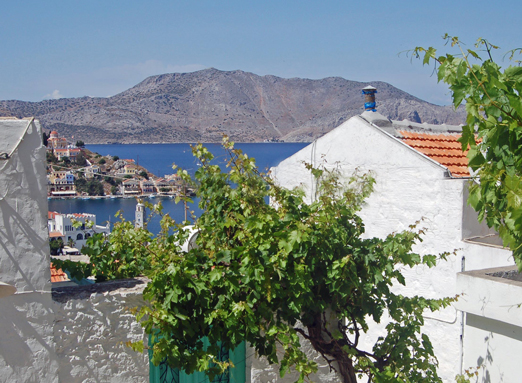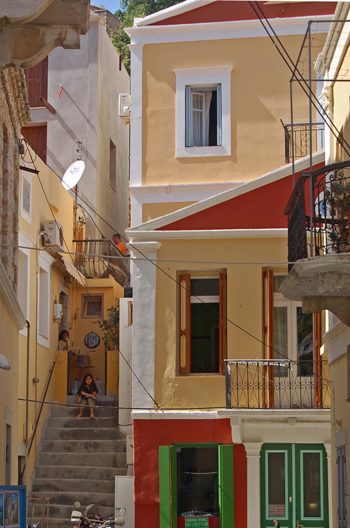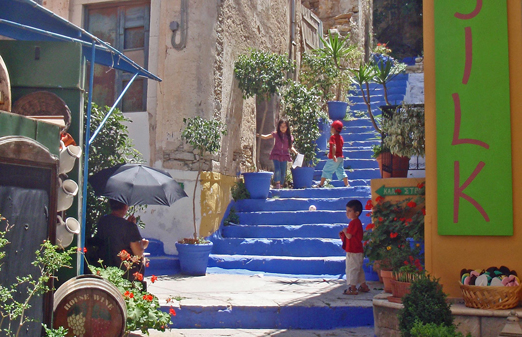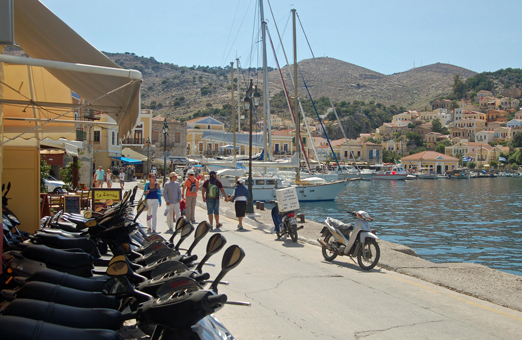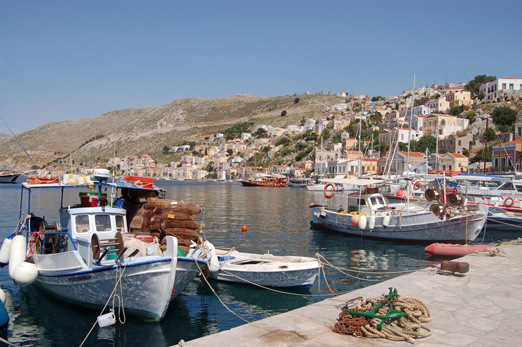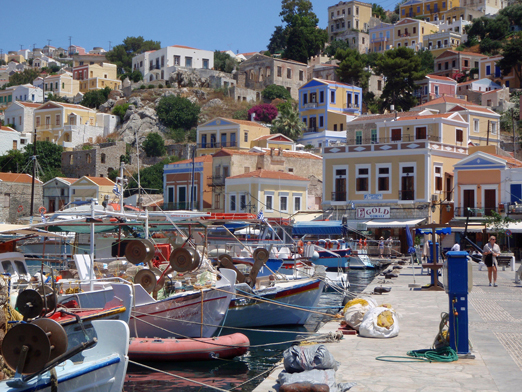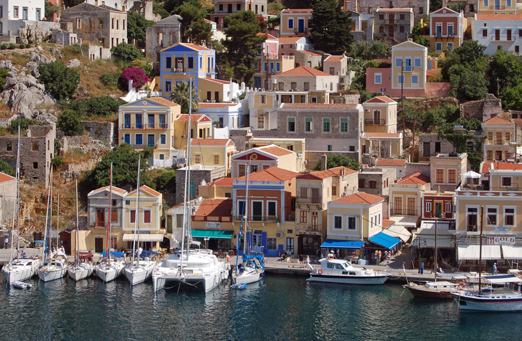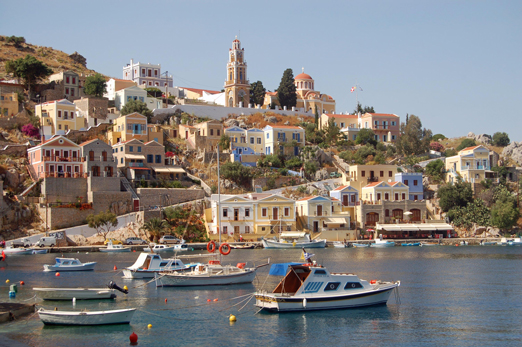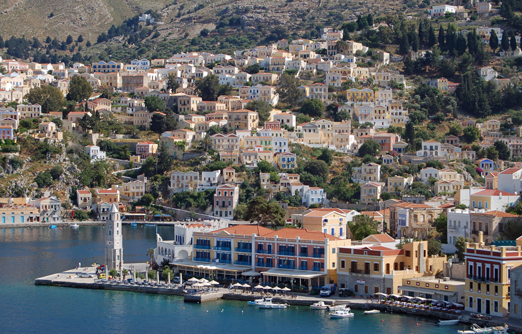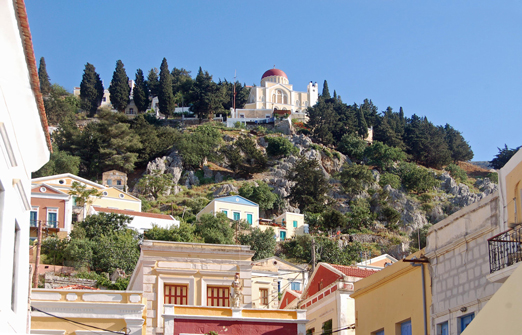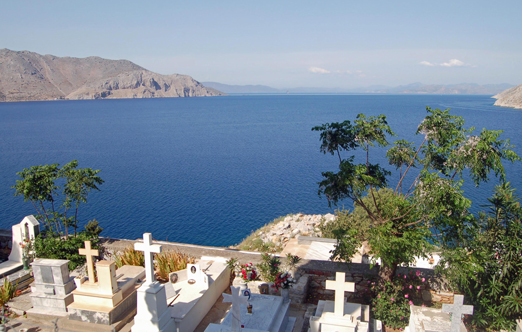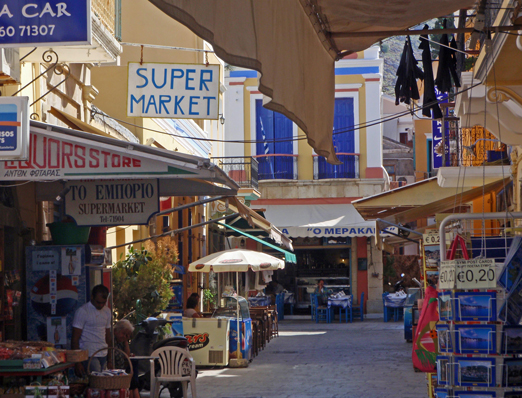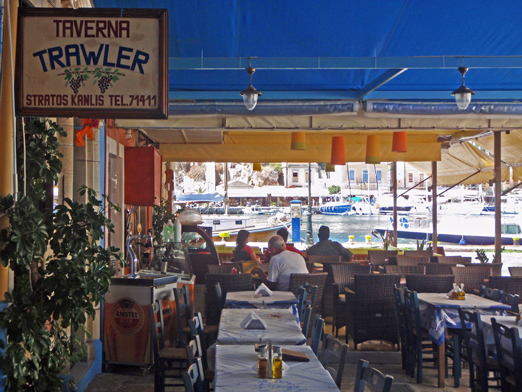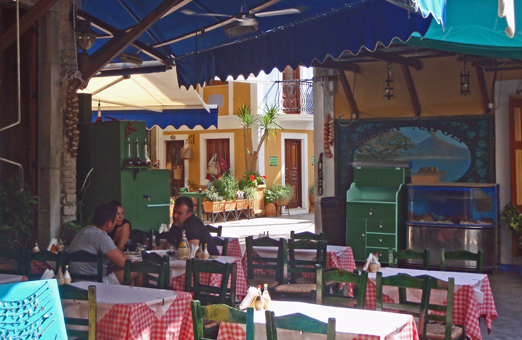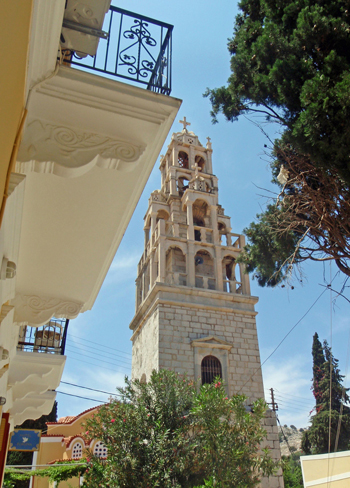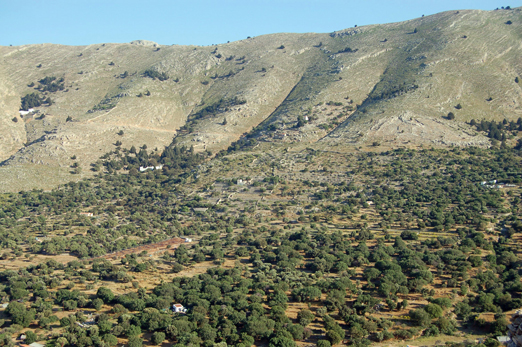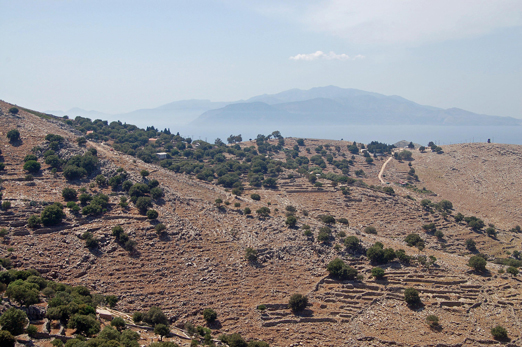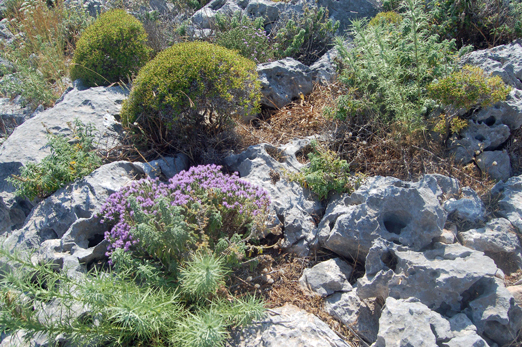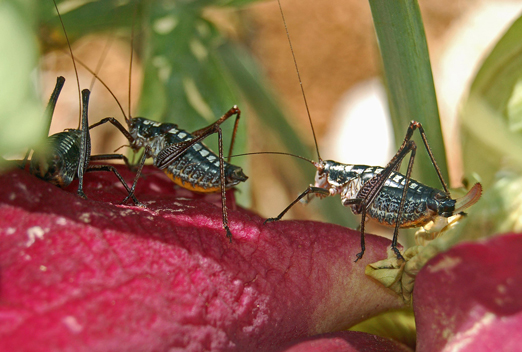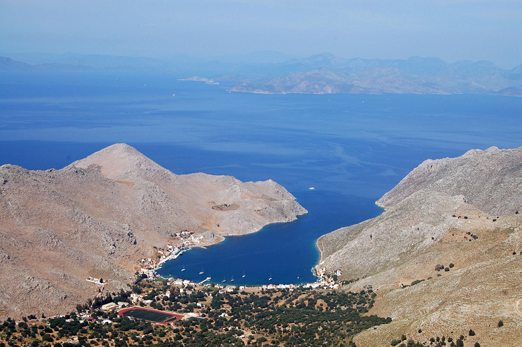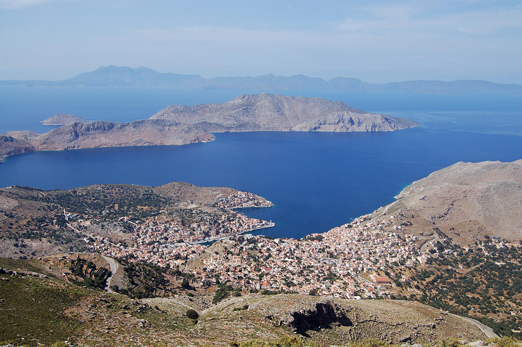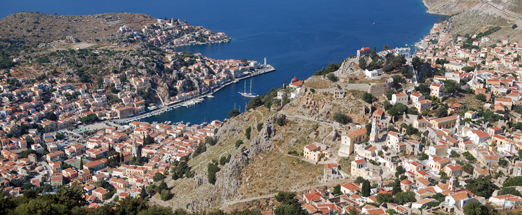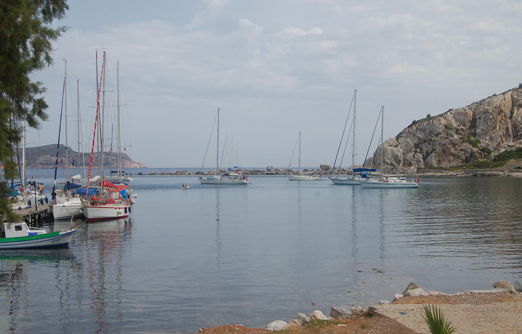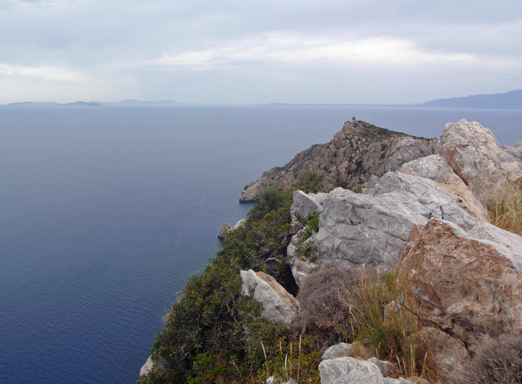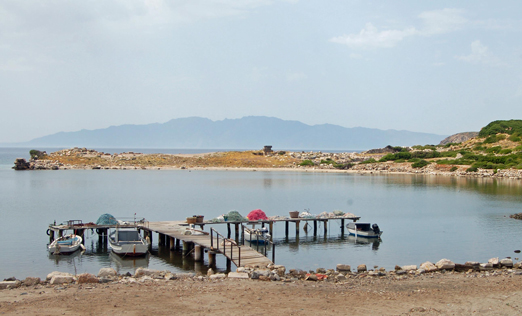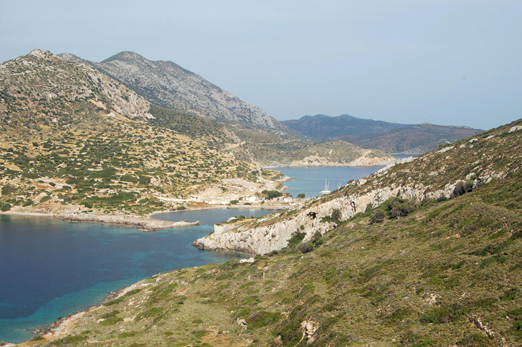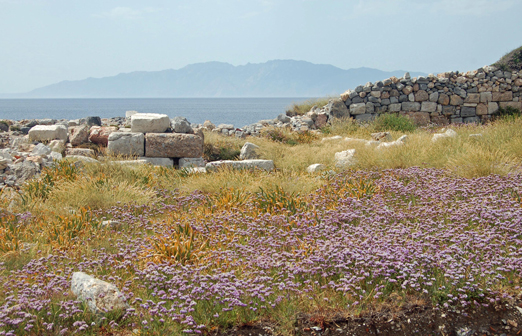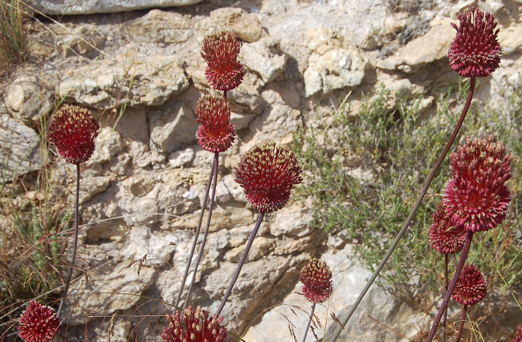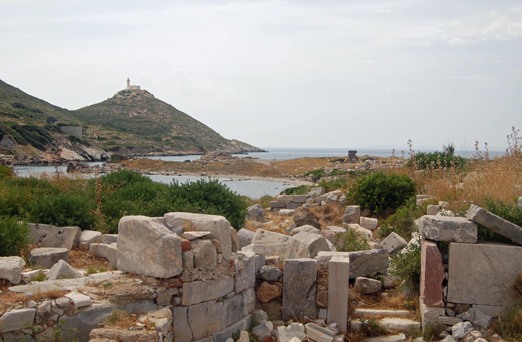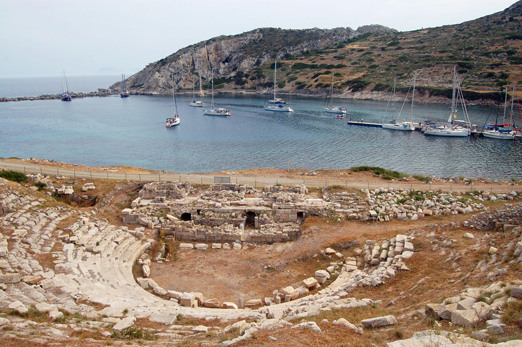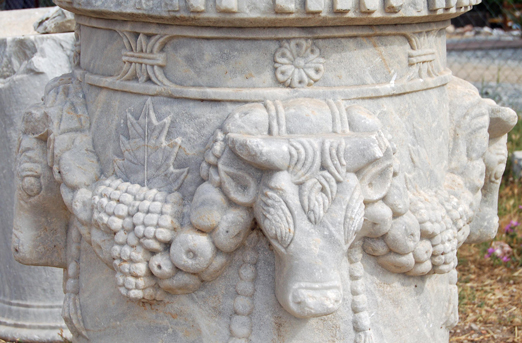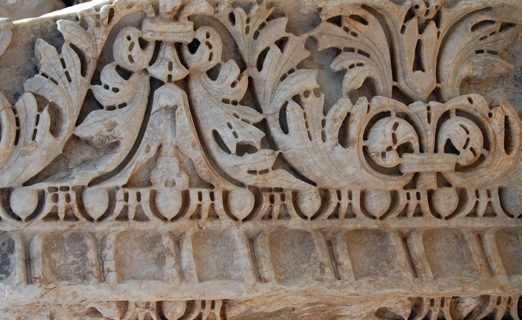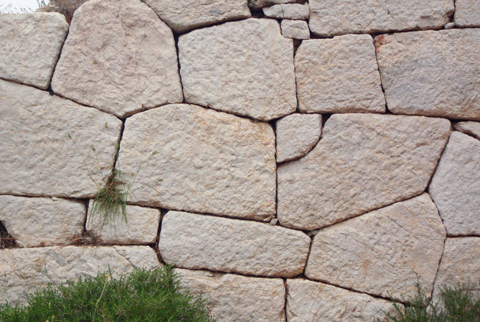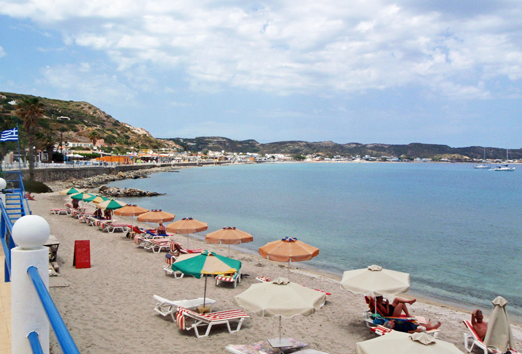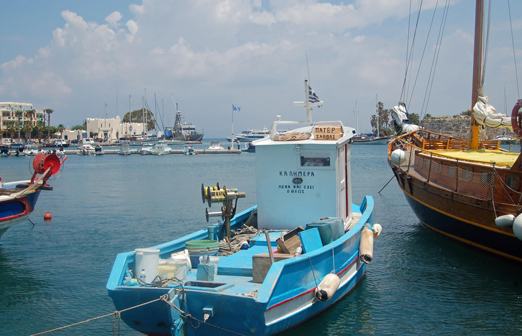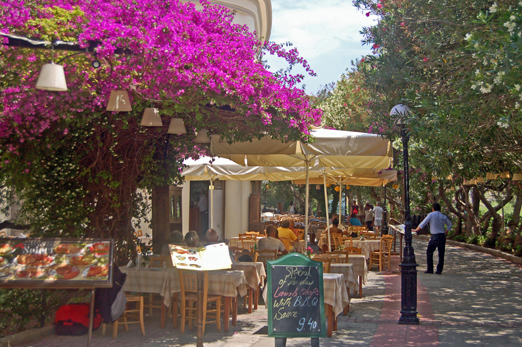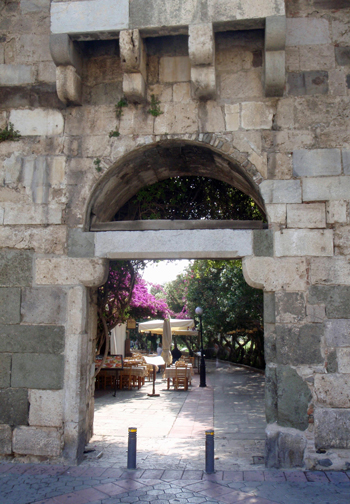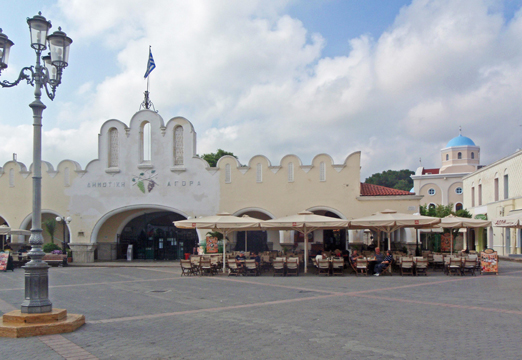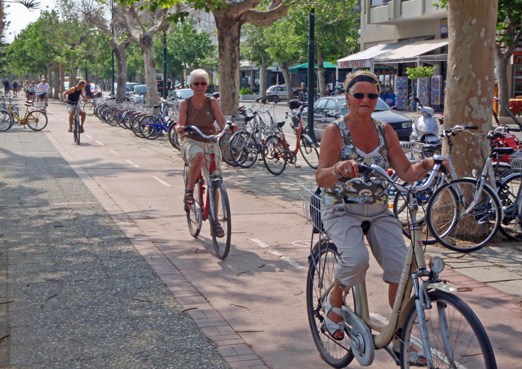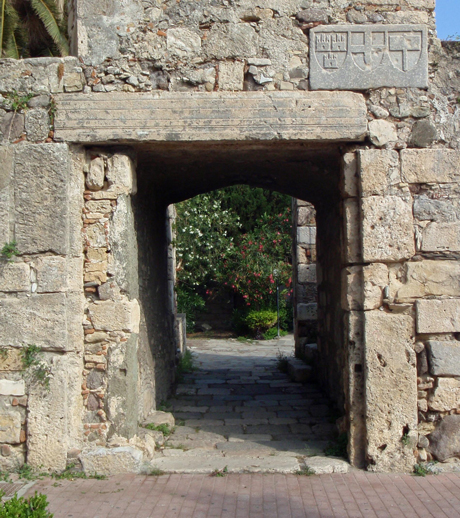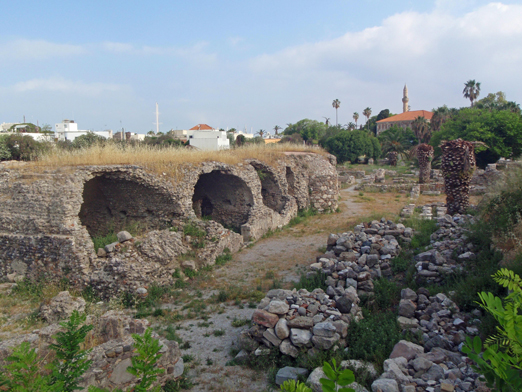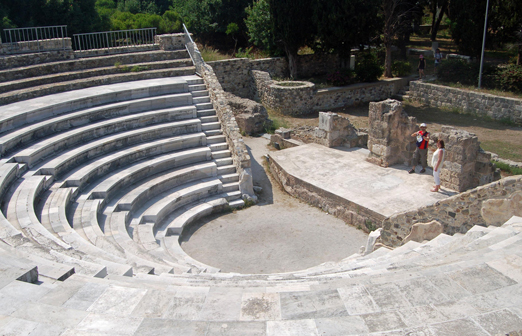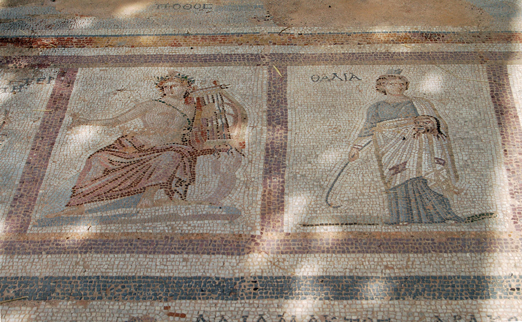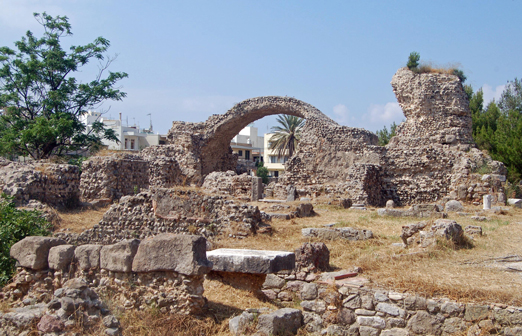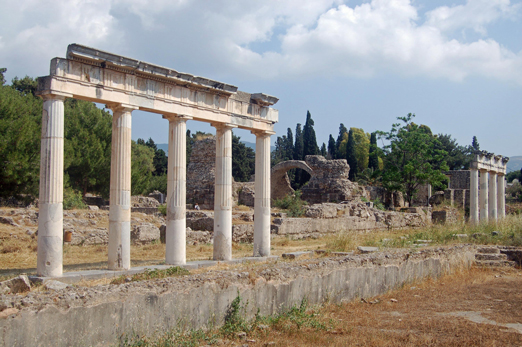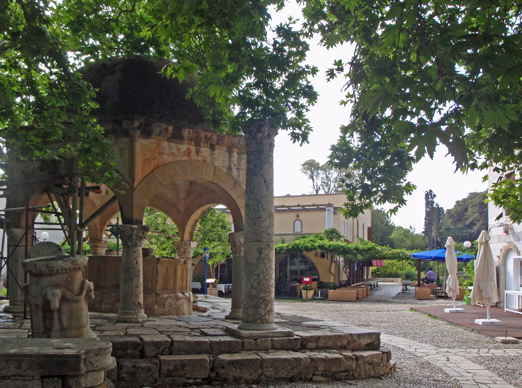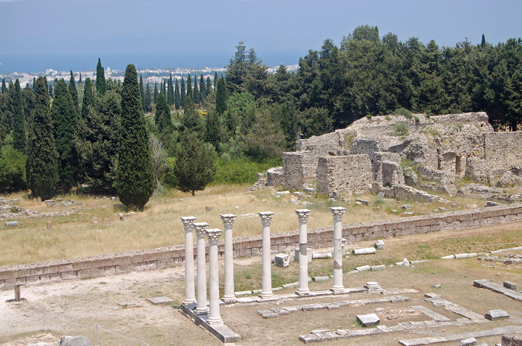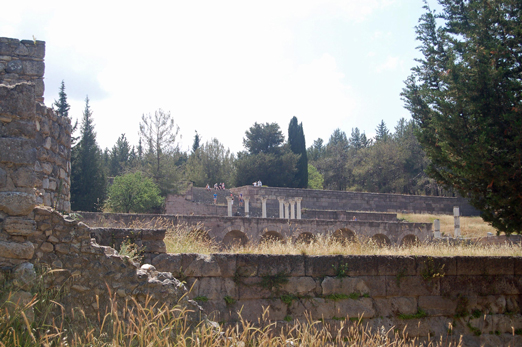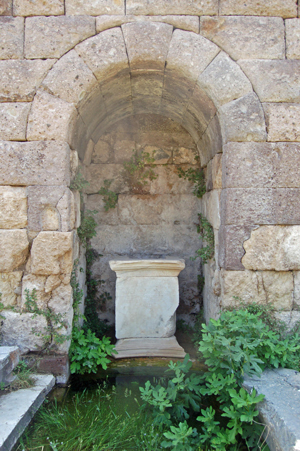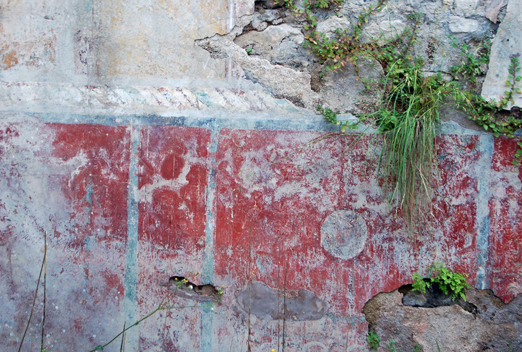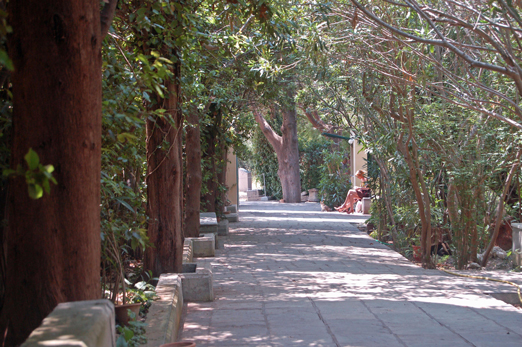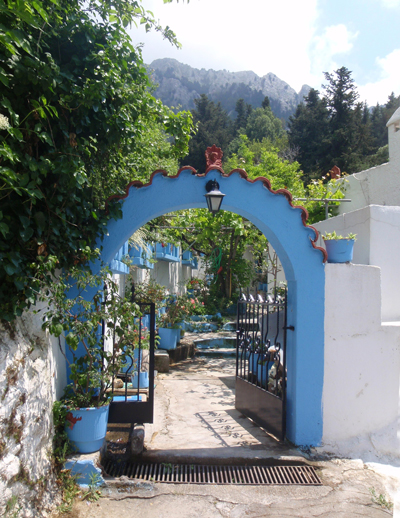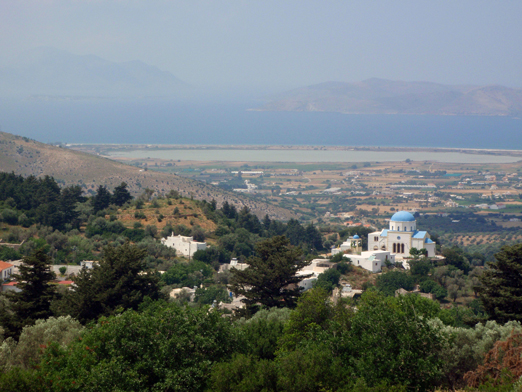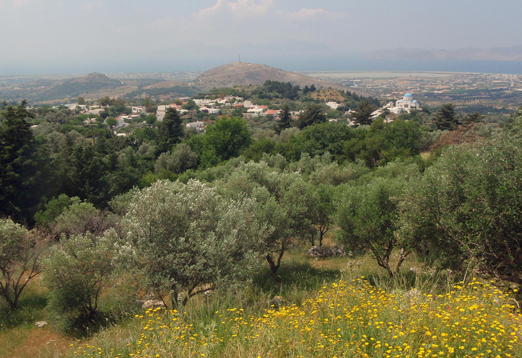It was still colder when we arrived back in Finike in March, -colder than it been in New Zealand when we left!
There was snow on the hills above Finike, the days were warm enough for shorts and T shirts, but it was still duvet nights!
We were apprehensive as to how we would find Quo Vadis after her 6 months resting up on sticks on the hard, but she was in remarkably good shape, despite the winter weather, -it had been fierce, -as evidenced by hail stone damage to other boats and cars. Our only weather damage was a broken plastic wind-generator nose-cone.
There had been some rain water ingress into interior joinery from a leaking port, but otherwise all was well it was clean and dry
The batteries had held their charge, so after antifouling we relaunched, the engine started first try and all systems were running.
There had been 6 months of needless worrying!
We knew there was just a little under 3 months before being due to do more work back in NZ, our objective was to use this time as an introduction to Greece, so we didn’t delay, but as soon as possible left Finike and turned west.
We motored again to Kekova, stayed the night then sailed much of the next day to Yesilkoy Limani, a bay adjacent to Kalkan. As the wind was a favourable southerly, it was just what we needed the following day for a brilliant downwind sail past the notoriously dificult ‘7 Capes’ and in to Fethiye.
Soon after our arrival there was the most gruesome of squalls came through the town harbour, torrential rain, lightning striking all around and wind to 40 knots! There was mayhem in the anchorage, many boats (and us) dragging uncontrolledly, driven by wind and blinding rain making steerage for collision avoidance even under engine difficult.
Fortunately it didn’t last more than an hour or so and it seemed it was the last throe of the winter, from then on the spring had arrived.
We checked in to Gocek municipal marina for a night or 2, we had plans to travel some of the way west and north in the company of the yacht Aurora, friends from back in Darwin, now living in Gocek and keeping their boat there.
Gocek is a great place to have a yacht, with good marinas and good services, -we had a few purchases to make.
Gocek in the spring was also a more beautiful place than when we had seen it before, in the rains of last autumn.
On the hills above were wildflowers
green grass, green trees
and tortoises ….. It was their mating season and the sound resembling 2 coconut shells hitting one another often heard through the pine forests!
After 3 days on a clear, near windless day we motored 50 nm across the bay to Bozuk Buku, at about the southwestern-most point of Turkey.
On the headland of the inlet is the ancient citadel of Loryma, now in ruins, but within the nicely sheltered anchorage are several restaurants
and the farm cottages of goat-herders. It’s a dry, rocky countryside, no roads, no permanent houses, the only visitors at this time being from yachts, -but in view of the proximity to the charter fleets of Marmaris and Bodrum, there is no shortage of them!
The next stop was Datca, a little way northwest in Turkey,on the next peninsula and a clearance port so we could depart from there across to the island of Symi in Greece, just a few miles over the water.
Datca is a perfect town to visit on a boat before Greece, with good supermarkets and an excellent weekend market, the best and last cheap place before the Eurozone where the price of everyting is doubled, -or more!
It’s attractive place too, largely modern, although on the hills behind the old town are the very ruinous remains of ‘old’ ancient Knidos, (we later came to ‘new’ ancient Knidos) and Eski Datca the (relatively new), old Datca which has been rejuvenated as a historical tourist site.
It has the shops of rugs and other Turkish curios, but also some very pleasant restaurants for coffee or dining al fresco.
Although sheltered behind these rock walls, the whole town area, as it is placed abreast the narrow isthmus, is exposed to the prevailing winds…
…the wind-turbines are not put there for no good reason!
The weather-gods were kind to us in the time we were there, we were lucky that we did not have much wind to add to our concerns. Although we never felt confident to leave Quo Vadis unattended in an anchorage, in our short time sailing in the Mediterranean so far, we had not yet learned to have faith in the weather, the anchoring or the boat handling skills of the charter yacht fleets!
Symi
We cleared Datca for Greece, making the short sail across to Symi, through the narrow pass with water as clear as any we have seen anywhere.
For the reason of wishing to avoid the busy harbour, we bypassed the main town to anchor in the little bay over the hill, -Pedhi.
We very much liked what we saw, if this was Greece it was just as the books said it should be!
It was an amazing introduction.
The country is undoubtedly financially troubled, but if this was any indication, the islands are still as beautiful as ever and we found the people to be so too…. -(ALMOST) without exception!
From the anchorage in the bay it is a 15 minute walk up the hill to the the town of Horio,
with interesting old churches ….
converted wind- mills
glimpses
and then full, frontal, postcard panoramas of the town and port of Gialos below.
To us, newcomers to Greece, it was breathtakingly beautiful!
The town beneath spread up the hill in a maze of footpaths and steep steps, fascinating to get lost in and incredibly beautiful to explore, -in a Mediterranean way.
Draping grapevines, bougainvillea, figs over pastel walls, white-washed steps, nooks, crannies, gateways, potted geraniums, front doors, back doors, open and closed, rarely with signs requesting privacy…
Muted sounds of the people of the town living just behind there and unbothered by my visage passing within inches of their windows… me looking around every corner for another photograph, but with averted gaze and making every effort to use the camera with respect…
Gialos is a near perfect natural port with a long, U shaped harbour front and it’s the centre of action in the town.
The fishing boats, ferries from other islands berth there and yachts are tied stern-too on public display to all-comers, people wandering past, patrons of restaurants, tavernas, shops selling sponges and everything else for tourists.
It is not where a Kiwi boat can feel at home!
But at that time in the early season the town wasn’t unmanageably busy.
Despite the distractions and the not always easy to follow signage I checked us and the boat into Greece, from Immigration, then on to Coast-guard and the port police, as I was directed.
It was all very easy and we settled in Pedhi Bay to enjoy Symi for a few days.
Pedhi Bay has a relative fertility with olives, citrus and even a bore for water,
but the hill above is just as dry and limestone rocky as most of the Greek Islands
There is a constant smell of sage in the air and the bees are busy working on the wild thyme making the honey the region is popular for
Not so pleasant is the pungent rotten meat smell emanating from the base of the amorphophallus,
a downwind whiff is nasty to me, but not so to the grasshoppers attracted to and inhabiting its purple flowers, stupified into a lack of normal fright.
From the antennae on the hill top is a fine view down to Pedhi
and to the towns of Horio and Gialos, all around the not very distant hills of Turkey.
Knidos
Our next Greek Island was to be Kos, but on the way, a part of Turkey, as it is at the tip of a long peninsula, impossible not to pass within metres of and also a convenient point for a half-way stop-over; -is Buyuk Limani.
This is ‘new’ ancient Knidos (where ‘old’ ancient Knidos moved to a very long time ago, hundreds of years BC)
At the rugged western extent of Turkish mainland, it has great natural defences
and with its proximity to Kos; its double port, both parts near enclosed, one with shelter from the north and one from the south; it is plain to see why the place was chosen for a major town.
It became one of the more prosperous of the Dorian Hexopolis, known for a 4th century statue of naked Aphrodite, the 4th century BC mathematician and astronomer, Eudoxus, the architect Sostratus who designed the Pharos lighthouse of Alexandria, and one of the earliest and largest Medical Schools of the time.
Many ruins remain and much of it not fully studied archeologically
but it’s open to wandering around (for a small fee!) and most of it self explanatory or helpfully signed, -enough to satisfy a superficial interest in ancient rocks!
There is an assortment of temples, a couple of ampitheatres
and although the fine statuary has been removed, there is enough of the detailed stonework to show that it was indeed a town of significance and prosperity.
Kos
Next Greek stop was Kamari, at the western end of Kos.
This was a great anchorage off a very expansive sandy beach, but apart from the attraction of swinging freely in an uncrowded, secure (relatively) sheltered anchorage and the pleasure of swimming in clear blue water over white sand, it had little going for it!
Reminiscent of Greek Cyprus, it is a holiday destination for the British, all fish ‘n chips and English pubs along the beach front, although the town of Kefalos above still retains some Greek character.
We only stayed the one night, moving up to the town of Kos and only as it seemed the best option, into the marina there.
It was a nice marina, although busy with charter boats, was well organised, friendly and we enjoyed a few nights while waiting for a wind storm to pass.
As instructed by the authorities in Symi, my first task on arrival in the bigger port of Kos was to contact customs to obtain a DEKPA, the document we were told we needed to cruise Greece, but which in Kos, they were unable to supply me with.
Unfortunately it transpired that we had been given the incorrect information. As a non EU national boat we needed a ‘Cruising Log’ and as we had not had one for 7 days after entering Greece, we were illegal and were to face a hefty fine!
Despite this being a situation which they told me happens frequently with non-EU yachts, the customs there were completely uninterested in any explanations, inflexible and despite long ‘discussions’ over 3 days with the highest authority available in the town, there was no choice but to pay the fine, -even to clear out and return to Turkey (had we preferred to) without payment, was not possible!
We paid up, unfairly treated as we felt, but knowing that if nothing else, our approximately NZ$1000 was helping the Greek economy struggle through a further microsecond!
We set it in the past, the behaviour of the customs officers was not how we had found the friendly Greek people to be otherwise, we moved on to enjoy the rest of our time in their country.
Despite our resolve to remain gracious in our defeat by customs, Kos did not prove to be our favourite Greek Island, -although it was not all bad!
It is an island over-run by the Europeans on holiday, not just the British.
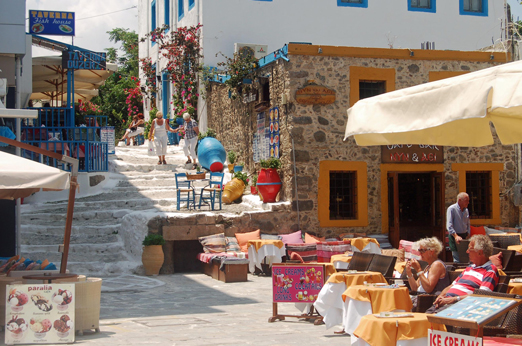
Tourism now overshadows old Greek culture
and the quaint old port by the castle now is mainly the scene of day-tripper boats and touts, largely, but not completely displacing the colourful, traditional fishermen (and cruising yachts);
yielding to plazas and alleys of ‘trans-European’ Restaurants.
It is publicised as being a ‘bike friendly’ island and so it is, -comparatively, -the roads a little wider, less steep and the traffic more tolerant. I got to enjoy that aspect of it.
but we were amused by the cycles… and their riders in the Kos city, where there are dedicated cycle ways with priority, on the ‘sit-up-and-beg’ machines and driven by grim teutonic determination, cycles rule!
But among all the tourist restaurants, tavernas and accommodation are some old treasures, -the 14th century Castle of the Knights, the wide and largely undeveloped wilderness ruins of the Agora, a massive 3rd Century Stoa;
the 2nd century Odeion ampitheatre
with adjacent 3rd century mosaics of the house of Europa,
the Xysto and the Nymphaeum,
However, of most interest, is that Kos is the origin of the Medical Profession, the birthplace and home of Hippocrates (460-377BC)
The plane tree is known as being Hippocrates’ it is said to be under which he first delivered his medical teachings (although old as it looks and needing to be supported by iron scaffold, it seems most unlikely that a plane tree would truly date back the 2500 years to that time (?)).
After Hippocrates death the first form of hospital, with spring fed spas, temple and medical school, the Aesklipieon (after Aesclepius, the Greek god of healing) was built a short way out of the town.
It lasted about a thousand years before being largely destroyed by an earthquake
Out of Kos town on the hills that make the back-bone of the island are mountain towns where people take buses, -and some take bikes
to climb the mountain, or enjoy picturesque villages, alfresco dining, tourist shops and panoramic views.
Further north are the airport and those ‘fish ‘n chip’ beaches…
